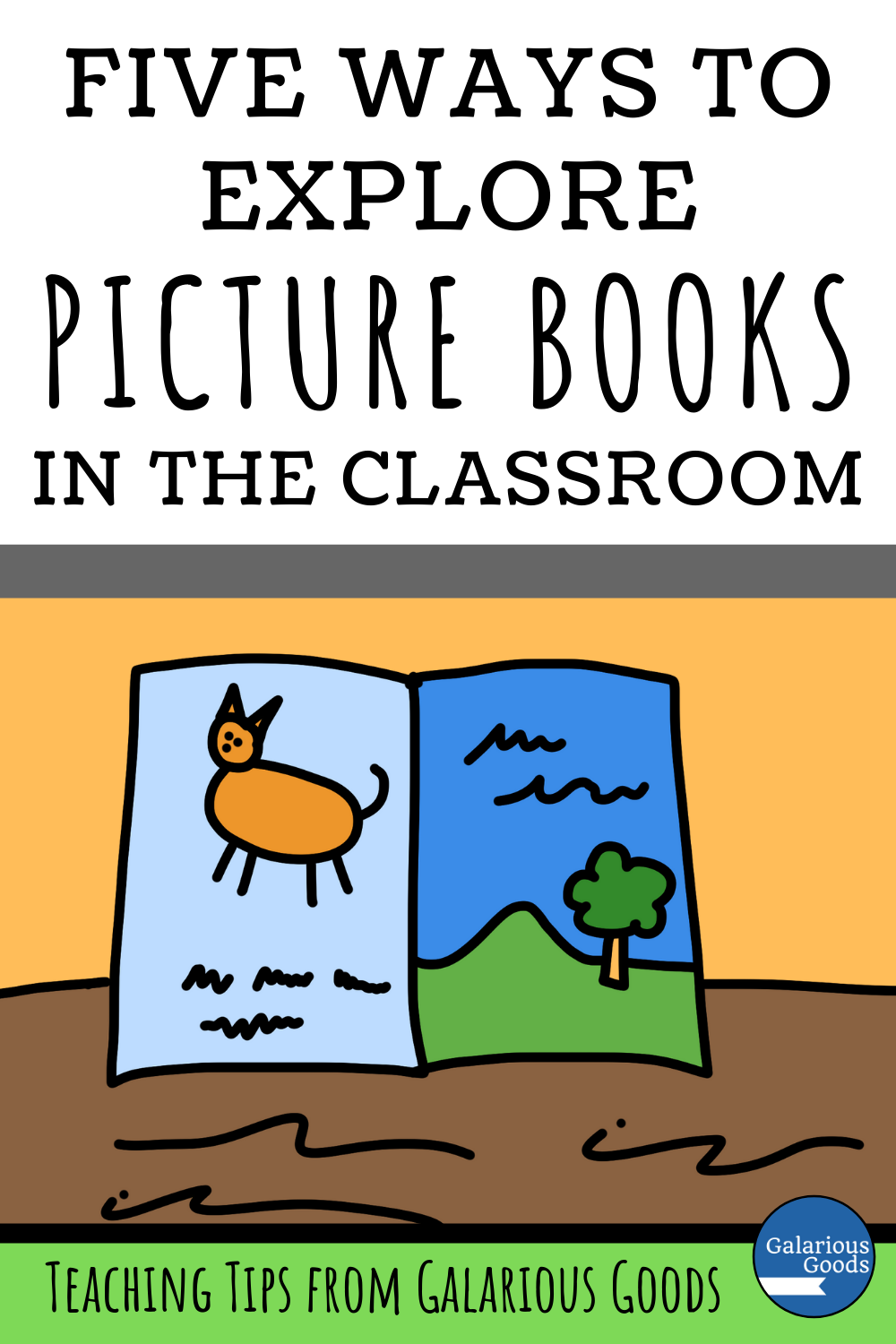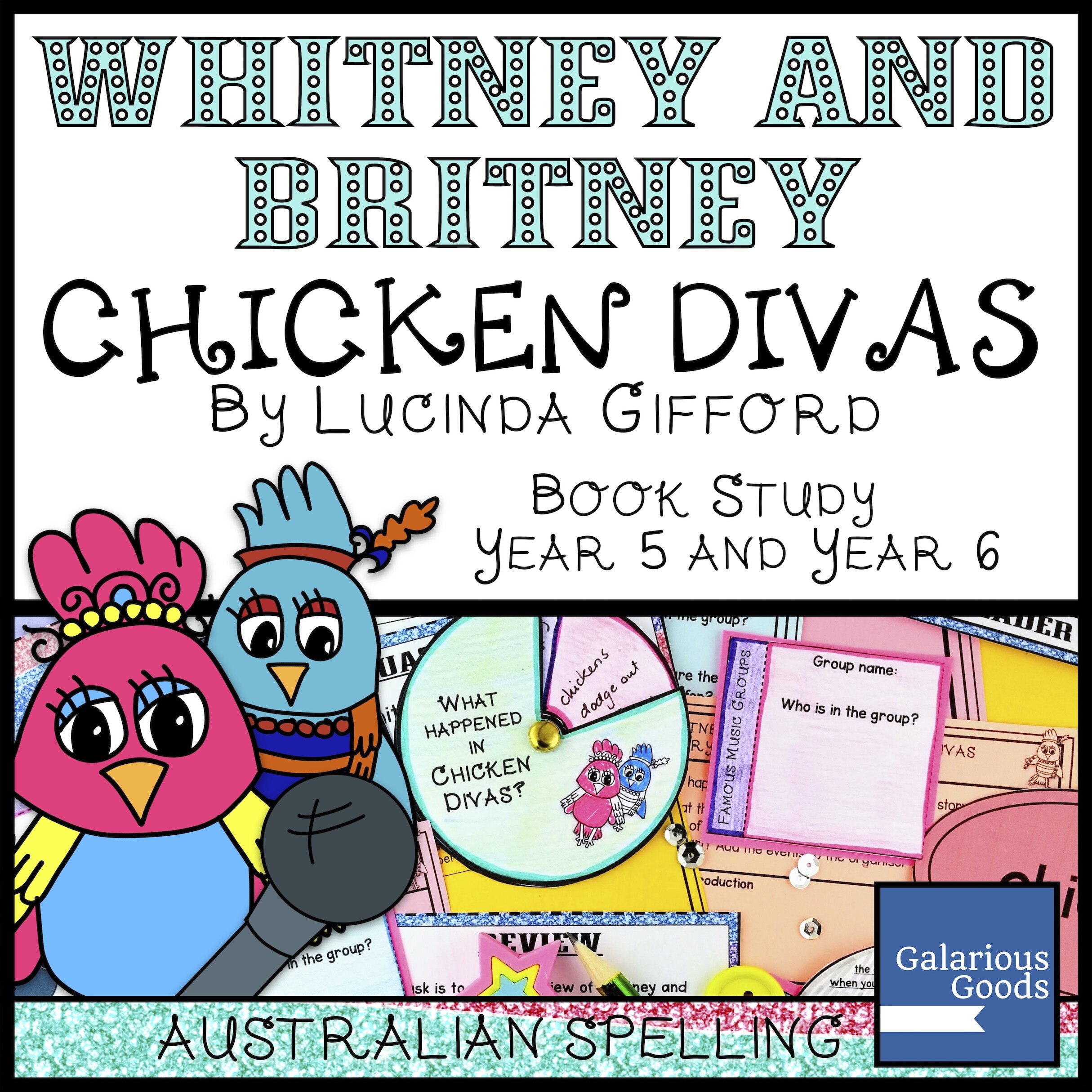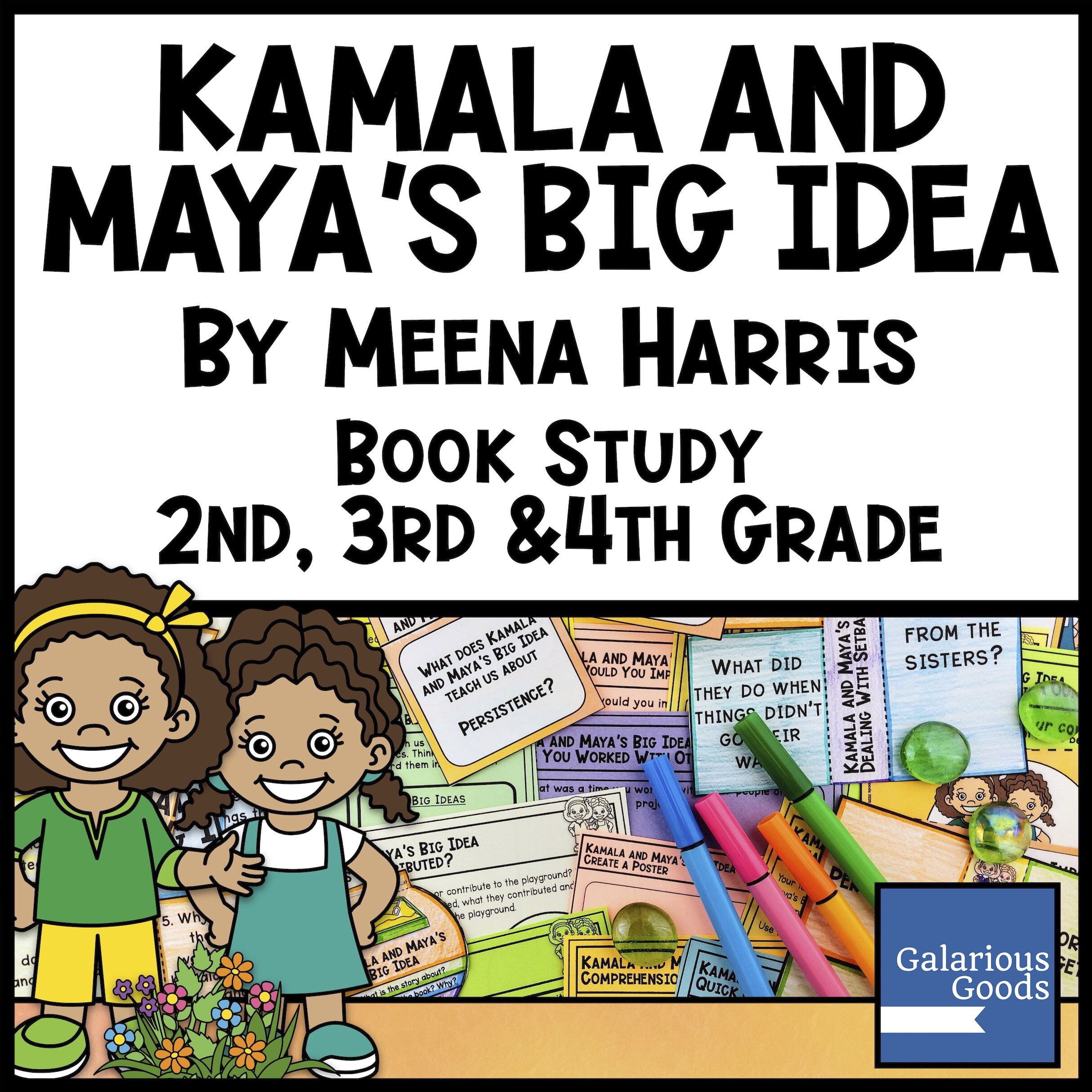Five Ways to Explore Picture Books in the Classroom
/Last week I looked at why we should use picture books in middle grades classrooms, but it's also important to look at some of the different ways we can use them. Picture books are great for flexibility - their length and size allow them to fit into smaller blocks of time and to be shared more easily. So what are some of the different ways you can utilise this flexibility?
1. Make Pictures A Daily Read
Picture books can be a great way to start a day, lesson or language block. It can serve as a transition for students, giving them time to be prepared to learn. Daily picture books allow your students to be exposed to a large range of books, allowing you to bring a wide range of diverse authors, illustrators and stories to your students. It creates a large shared vocabulary with stories that students can refer back to and talk about. Many picture books also contain themes, questions and social situations which are important to discuss with students.
Students can interact with the books through quick discussion questions, paired or small group discussion or through exit slips (you can download free exit slips here). Students may also like to keep journals exploring some of the books which are read in the classroom.
Although it's great to have students respond to the texts, they don't need to respond formally every day. Sometimes it's best to just let students sit with the text and insisting on a written response every day can reduce enthusiasm for the daily reading time. Mixing up the ways students respond (or don't respond) can help to keep the daily read fresh.
2. Connecting a Text to a Specific Lesson
Picture books are great to use as mentor texts - whether it's exploring a type of story or looking at a particular text element. Picture books can also be used as introductions to other subjects - as a way to look at a historical period or a scientific principal, or they can be used to expand ideas or raise questions about those subjects.
In this way, picture books may be simply used as a prompt to get students thinking about a subject. They might follow it up with a brainstorm or ask questions to explore further. Students may refer back to the book later on when they have more understanding of the topic and may engage in a critique of how the picture book handles the subject.
Alternately, the picture book can become the basis of an entire unit of work. A book like I'm Australian Too by Mem Fox can become the centre of a unit on what it means to be Australian and how people travel to Australia. Students can refer back to the book at different times, connect the book to other texts or media and create pieces of work inspired by the book and other information they have learned.
3. Teacher Led Small Group Work
If you use literacy rotations or use a reader's workshop in your classroom, picture books are great for teacher-led small group work. Students can meet once or more a week with their teacher to explore a book, looking at themes, literary techniques, making comparisons or completing activities. The size of picture books make them perfect for a small group work - they're easy to pass around to examine pictures, and the smaller amounts of text on each page make it easier for students to find examples or read out quotes from the page.
These small group explorations can be a great way to support your curriculum goals and assist you in collecting evidence for assessment. With guidance, you can allow students to take on discussions themselves, allowing you to take notes on their understanding of the book and the elements you wish to explore.
4. Student Led Exploration
Also great for literacy rotations or in a reader's workshop, students can work independently on their own, in pairs or in small groups to explore the book. You may create a generic set of discussion questions or activities for students to work through with any book they choose, or you may have 'packs' of books, questions and activities for students to work through. You can also select themes or ideas for students to explore, choose picture books which will work with those themes or ideas and have questions or activities specifically created to link to those themes or ideas.
When students are being asked to work independently with picture books, it can be useful to model how they do this. When students are being asked to work in small groups, you may walk them through the process during the first few weeks and then offer a reminder card of the process for following sessions. If students are working on their own as part of a literacy rotation, you may like to outline the routine and expectations, then use a reminder card to help students keep on track.
5. Whole class close reading
Sometimes it can be useful for all the students in the class to take a deep look at one text at the same time. Students may follow with a large classroom copy of the book or work in smaller groups examining multiple copies of the text. It can be helpful to provide a range of activities when all the students are engaging with the same text - you may start by reading it aloud to the class, give them individual time to record their ideas and reflections (possibly with question prompts), bring them into small groups to discuss and look closer at the text and then ask them to work individually or in pairs to create their own work. There are many other options to use here including whole class discussion, students using sticky notes or exit slips to share their ideas with others or even a whole class response to the text.

















